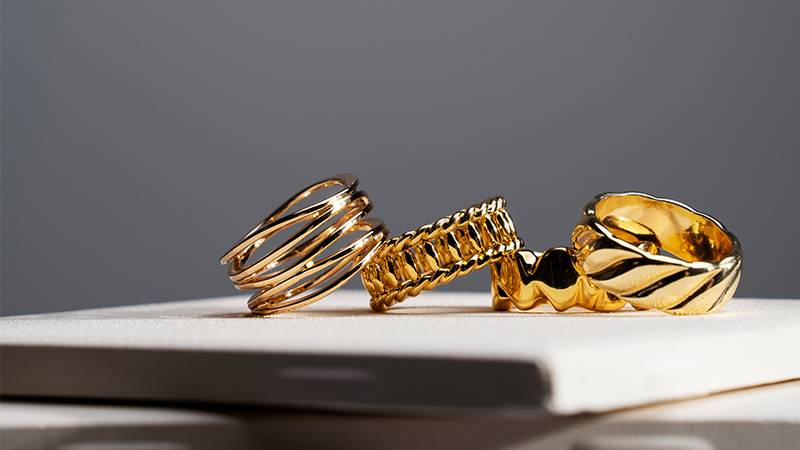In a groundbreaking initiative, the UK Royal Mint, in collaboration with Canadian start-up Excir, has devised a sustainable method to recover gold from electronic waste, a pressing issue as e-waste is the fastest-growing waste stream globally. The process, which has been under development for two years, involves a patented chemical solution that can extract 99% of gold from printed circuit boards found in discarded laptops and mobile phones.
The process begins with the collection of e-waste, which is then funneled into a large machine where non-gold components are separated. The gold-bearing parts, such as USB ports, are identified and sent to a reactor where the patented “magic green solution” is applied. Remarkably, this solution can dissolve gold in just four minutes at room temperature, and it can be reused up to 20 times.
Following this, another solution is introduced to solidify the gold, which is then filtered and melted into nuggets. These gold nuggets are transformed into various jewelry items, including pendant necklaces, earrings, and cufflinks, showcasing the potential of this scalable and streamlined chemical process.
The Royal Mint is gearing up to open a multi-million-pound factory capable of processing 90 tonnes of circuit boards weekly, aiming to recover hundreds of kilograms of gold annually. This initiative is a part of a broader strategy to foster a circular economy, reducing the reliance on raw materials and curbing greenhouse gas emissions associated with traditional gold extraction methods, which are often crude and carbon-intensive.
The global e-waste scenario is grim, with only 20% being formally recycled, and a significant portion ending up in landfills or incinerated. The UK stands as the second-largest producer of e-waste per person, a concerning statistic given the finite nature of critical raw materials like gold. Remarkably, 7% of the world’s gold is currently lying unused in discarded electronics.
While currently, the Royal Mint’s waste reprocessing plant just specialises in gold recycling at a relatively small scale, the ambition is to eventually branch out and recover other precious metals from the same circuit board raw material as this system expands. And when any remaining plastic or fibreglass is processed, some of the energy produced is converted into synthetic gas that is fed into the Mint’s own local energy plant – so it will be used directly to generate electricity and power on-site.
The Royal Mint envisions this technology going global, establishing e-waste supply chains centered around localized recycling plants, thereby reducing the waste miles associated with transporting discarded electronics. This approach not only promises environmental benefits but also fosters responsible handling of e-waste, emphasizing that the producers should take charge of the waste they generate.
Looking ahead, the Royal Mint plans to expand this initiative to recover other precious metals from e-waste, leveraging the potential to generate energy from the processing of non-metal components. According to BBC, the ultimate goal is to operate the entire manufacturing site using 70% renewable energy, including solar, wind, and battery storage, aligning with the global shift towards green technologies.
Despite the promising start, challenges remain, including ensuring the growth of e-waste suppliers and processors that prioritize and incentivize reuse close to home. The initiative is a step in the right direction, with a focus on not just extracting metals but finding a purpose for every part of the circuit boards, aiming for zero waste in the long run.
As the world grapples with the environmental costs of mining and the looming threat of resource depletion, the Royal Mint’s initiative stands as a beacon of innovation, steering the world towards a more sustainable and circular economy where waste is not just discarded but reused in a manner that is both economically viable and environmentally friendly.
It is a call to value the materials that power technology and to retain these critical raw materials in the system for as long as possible, fostering a future where green technology is not just a concept but a mainstream reality.
More inspiring green news similar to this:


